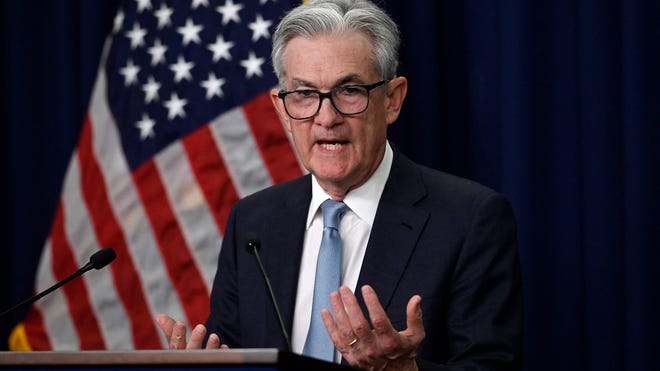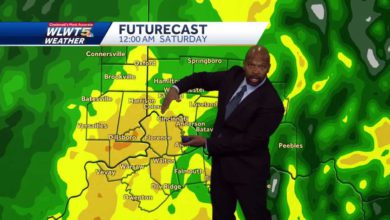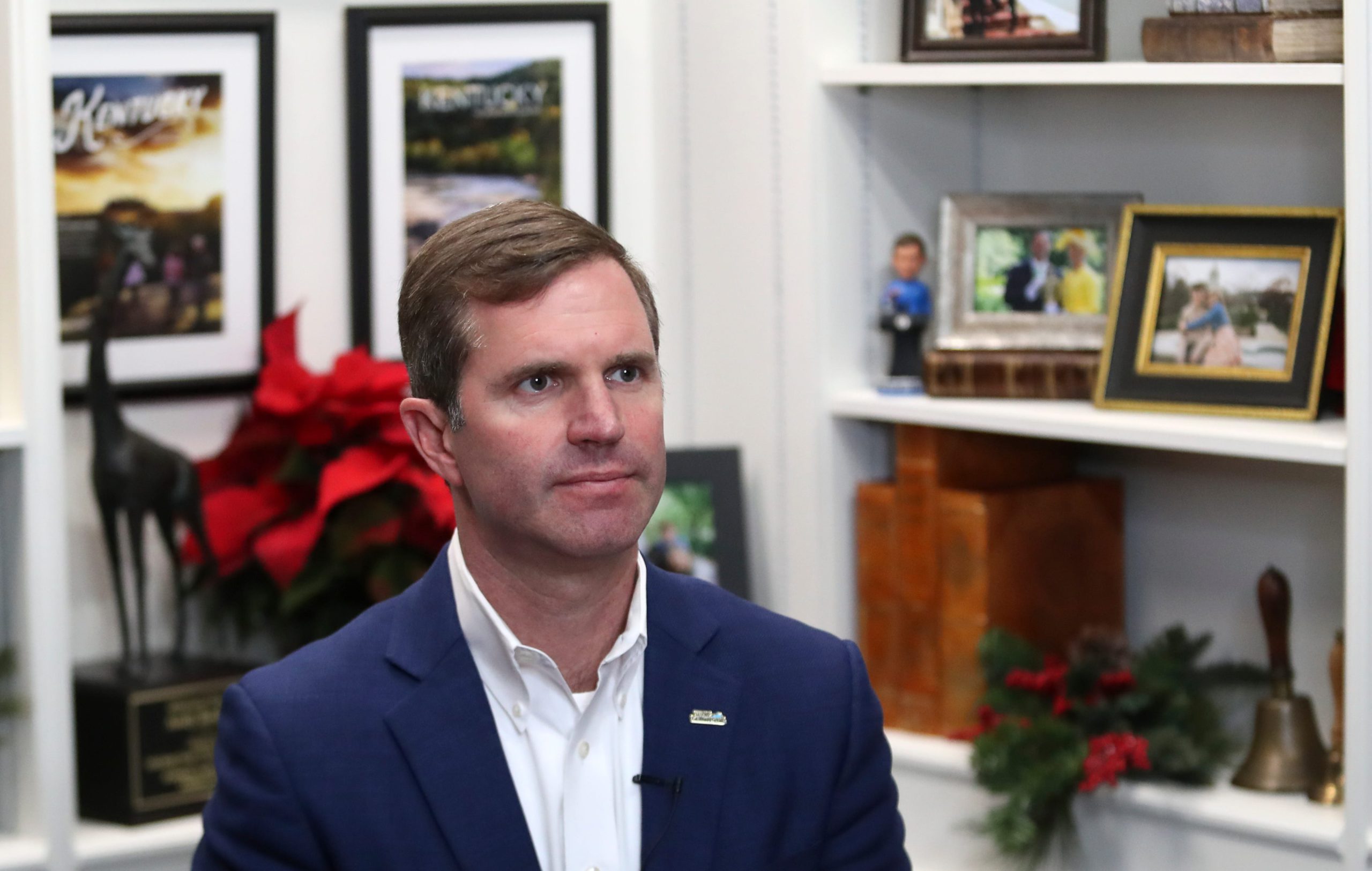
Another month, another outsize interest rate hike.
The Federal Reserve raised its key short-term rate by three-quarters of a percentage point for a second straight month Wednesday in a bid to corral soaring inflation, matching the largest increase since 1994.
It puts the federal funds rate – which is what banks charge each other for overnight loans – at a range of 2.25% to 2.5%, close to the Fed’s 2.5% long-run, or neutral rate. That’s the rate intended to neither stimulate nor curtail economic growth.
In recent months, Fed Chair Jerome Powell has said the central bank must “move expeditiously” to that neutral level and then likely beyond it to cool the economy and bring inflation under control.
The big question: Will the Fed now dial back the size of its stock-market-dampening rate increases for the rest of the year?
Understanding Fed rate hikes:Why does the Fed raise interest rates? And how do those hikes slow inflation?
Your questions answered:With next Fed interest rate hike due this week, we answer your top financial questions
Will the Fed continue to raise rates?
Powell could provide clues at a 2:30 p.m. news conference. Goldman Sachs and Barclays both expect the central bank to approve a half-point rate increase in September before throttling back to more traditional quarter-point moves in November and December. That would leave the rate at 3.25% to 3.5% at year-end, in line with Fed officials’ median forecast.
But they say Powell will likely avoid sending strong signals to keep the Fed’s options open for a half- or three-quarters point move in six weeks.
Fed rate hike impact
Wednesday’s rise is expected to ripple through the economy, sharply pushing up rates for credit cards, home equity lines of credit and other loans. Fixed, 30-year mortgage rates have jumped to an average of 5.54% from 3.22% early this year. At the same time, households, especially seniors, are finally enjoying higher bank savings yields after years of meager returns.
While recent indicators of spending and production have softened, job gains have been robust in recent months, and the unemployment rate has remained low, the Fed said in a statement after a two-day meeting. Inflation remains high, due to the pandemic, higher food and energy prices and broader price increases, it added.
“The committee is strongly committed to returning inflation to its 2 percent objective,” the Fed said in its announcement.
Credit costs more:The Fed's ready for another big interest rate hike. This is what it means for you.
To put the Fed’s aggressive rate hike campaign in perspective, the fed funds rate was near zero at the start of the year – a legacy of its efforts to propel the nation from the COVID-19-induced downturn.
Stocks rose after Powell said the Fed's priority is to get inflation down but acknowledged that it would cause the unemployment rate to rise. But he reiterated that "we're not trying to have a recession."
The Dow Jones Industrial Average went up by an additional 285 points and was up 1.2% as of 2:52 p.m. EST. The S&P 500 was up 43 points, or 2.4%. The Nasdaq Composite was up an additional 154 points or 3.86%
Yields on Treasury notes moved lower with the 10-year down to 2.738% and the one-year to 3.012%
How does raising interest rates combat inflation?
On Wednesday, the Fed had little choice but to approve a second three-quarters point move, economists say, after annual inflation hit a new 40-year high of 9.1% in June, according to the consumer price index (CPI). Also, U.S. employers added 372,000 jobs last month, highlighting a still-vibrant labor market despite Fed rate hikes aimed at tempering the gains to soften wage growth.
Economists, in fact, speculated that a full percentage point rate increase at this week’s meeting was on the table. But such talk abated after a closely watched measure of consumers’ long-term inflation expectations – which can affect actual price increases – eased notably to 2.8% in July, according to a survey by the University of Michigan.
Also, there are signs that inflation is poised to downshift in the second half of the year. Oil prices have fallen sharply since mid-June, pulling gas prices lower, and other commodity costs, including wheat, corn and copper, also have tumbled on global recession fears.
Meanwhile, supply chain bottlenecks that have triggered product shortages are easing. The dollar has strengthened, cutting the price of imported goods. And retailers are stuck with bloated inventories after ordering too many products to deal with the supply troubles. That means heavy discounts are likely.
What will happen if the economy slows down?
Evidence of a slowing economy is already emerging. Initial jobless claims – a gauge of layoffs – recently hit an eight-month high. Housing sales have slumped amid higher mortgage rates. And while retail sales increased solidly last month, they declined after adjusting for inflation, says Gregory Daco, chief economist of EY Parthenon.
The government could report Thursday that the nation’s gross domestic output declined for a second straight quarter in the three months ending in June. While some economists view that as an informal signal of recession, the nonprofit group that calls downturns relies on a broader definition that includes a “significant decline in economic activity,” especially hiring.
Goldman Sachs predicts the economy will grow only about 1% this year after a 5.7% surge in 2021, which was the most since 1984.
With the Fed’s key rate approaching the neutral level, officials are likely to start focusing more on the recession risks fostered by its rate increases, Barclays says.
“We expect the bar for aggressive hikes to become higher” through the second half of the year, the research firm says.
Yet economist Kathy Bostjancic of Oxford Economics believes the Fed will stay in bare-knuckled inflation-fighting mode until it sees that Powell’s threshold has been met -- “clear and compelling evidence” that price pressures are easing, not merely signs of a potential drop. She forecasts another three-quarters point Fed increase in September.
The Fed was forced into its hard-nosed strategy because it underestimated inflation’s staying power through most of last year, believing price increases would abate as supply problems were resolved and consumer demand sparked by the reopening economy returned to normal. That narrative was disrupted, in part, by Russia’s invasion of Ukraine and the persistent effects of the pandemic on worker shortages.
Barclays predicts annual inflation will fall to 5.7% by December, down significantly but still well above the Fed’s 2% target.
Source link








